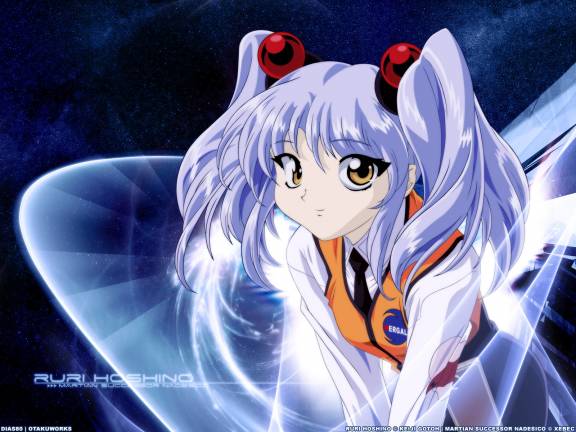A few updates ago I wrote about transliteration, the process of moving a word from one writing system to another, which always seems to create confusion. Japanese is structured as a syllable-based language: for example, you can express the sounds ka, ki, ku, ke, and ko in Japanese, but not “k” all by itself. Phonetically, there are three syllables that don’t quite fit the neat consonant + verb pattern, which are pronounced shi, tsu and chi. One eternal question that comes up is, should these three syllables be written as they’re pronounced (as it is in the Hepburn Romanization method), or should the two-letter pattern be preserved even it leads to terribly inaccurate pronunciation (called the Nihon method, which calls for writing the three syllables as si, tu and ti)? As with certain computer platforms I could name, students of Japanese are usually willing to fight to the death over the system of Romanization they think is best. For the record, J-List believes that the best writing system communicates proper pronunciation to the widest number of people, and we always use this here at J-List…which is why I gnash my teeth every time I have to type the official title of Martian Successor Nadesico, a spelling that doesn’t reflect how people pronounce the word (which is na-desh-ko).

The anime we used to watch in the 90s was so much fun.















